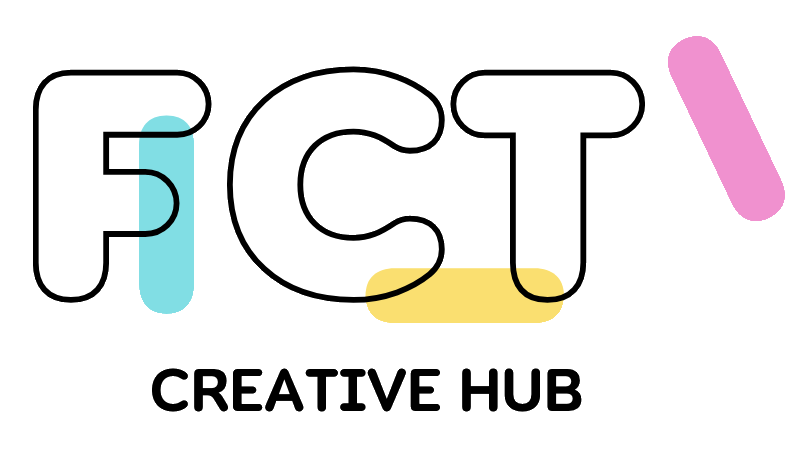Your website is one of the most important tools for growing your small business. It is often the first place people go to learn about what you offer. Whether someone hears about your business through a friend or sees you on social media, chances are they will visit your site before making a decision.
It doesn’t matter if you run a cozy cafe, a local service like plumbing or hairdressing or a handmade online shop, getting people to visit your website can have a big impact. A well-designed, easy-to-navigate site helps you connect with potential customers, show off your work and build trust. And when people trust your brand, they are more likely to buy from you. Not just once, but again and again.
We spoke with Reactive, a web design London agency and they gave us some tips on how to bring more visitors to your website and increase sales. Here are the tips they recommended to us.
Optimise your website for SEO
Search engine optimization (SEO) helps people find your website online. To do this, you need to use the right keywords on your site. Use phrases your customers actually use. For example, if you sell books, some good keywords could be best-selling novels, childrens books or romantic fiction under $10. To make your website easier to find, use these keywords on important pages, in blog posts, in titles and even in image names and descriptions. This way people are more likely to find your website when they search for those words.
Write high-quality content
It is important to regularly create and share high-quality, informative and engaging content. This helps make your site more visible and also encourages users to make a purchase. To reach a wider audience, try publishing a variety of content. Think about including news updates, blog posts, infographics, how-to guide, podcasts, videos and webinars.
Have a business blog
One of the best ways to build trust on your website is by providing helpful content. We recommend blogging as a great way to do this. Write a business blog where you can consistently post helpful, long-form content on your website. By writing blog posts around popular search terms related to your business, your content may show up in search results. The more valuable content you offer on your site, the more reasons people will have to visit.
Link internally
When creating and publishing content, make sure to add 1-3 links to other pages on your website. This helps direct traffic to those pages, keeps visitors on your site longer, encourages them to explore more pages and provides more value, which can lead to better rankings and more traffic overall.
Focus on long-tail keyword research
As a small business, it is unlikely you will rank high on Google for short keywords because bigger companies usually spend more on ranking for them. But that doesn’t mean you can’t get to first page. Using tools like Ubersuggest or Google Keyword Planner you can find longer, related keywords (search terms with more than three words) that give you a better chance of ranking. By creating content around these keywords, you can bring in more traffic and sales.
Improve your page speed
Google ranks websites higher if they load quickly and are easy to use. Speed and user experience are key. You can use Google’s Page Speed Insights Tool to check your website’s performance and get tips on how to make it better. One common problem for many websites is that images slow them down, so make sure to compress your images before uploading them. Try to keep the file size under 200 kb for most images. Larger images, like banners or product pictures, can be up to 300 kb if needed.
Get backlinks
Building good backlinks is important for improving your website’s trust and ranking on search engines. Backlinks from trusted sites act like recommendations, showing search engines that your site is reliable and bringing more visitors. Some easy ways to get backlinks are by writing guest posts for well-known websites or listing your business in trusted directories like Yelp.
Social media
In the past, word-of-mouth was the main way small businesses could stay in business without spending on ads. Today, social media has taken over that role, but on a much larger scale. It helps increase brand awareness, build stronger customer loyalty and create more opportunities to turn visitors into customers.
Paid ads
Paid advertising is a great way for ecommerce businesses to drive traffic and increase sales. Unlike free methods, paid ads deliver quick results and are an important part of your marketing plan. They help you reach your target audience fast and show your brand in places like search results and social media feeds. Popular paid ads include Google shopping ads, social media ads on Facebook, Instagram and TikTok. Focus on targeting the right audience, tracking your ads and gradually increasing your ad spend as you find what works.
Getting more people to visit your ecommerce site may seem tough, but with the right strategies, it is definitely possible. The key is to keep going and keep trying new things. Look at the data to see what is working, make changes if needed and don’t be afraid to try something new.

